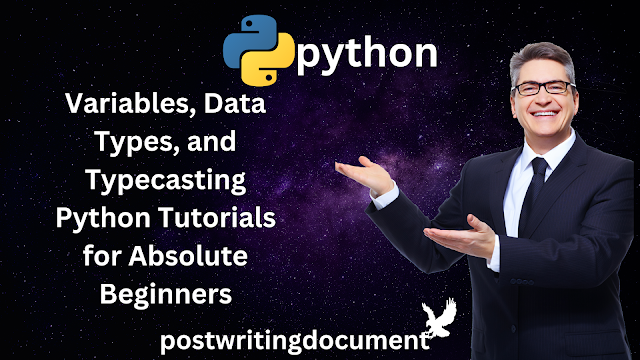Variables in Python
It means that there are variables which helps one and store data that can be used and manipulated in all the programs. What is even important to know about Python is that Python variables do not require variable typing. In Python, type is not declared; type deduced depends on the value which is assigned to the type.
Example:
Data Types in Python
Numeric Types: int, float, complex
Sequence Types: str, list, tuple
Mapping Type: dict
Set Types: set, frozenset
Boolean Type: bool
None Type: NoneType
Example:
Typecasting (Type Conversion)
Typecasting is the conversion of an indicated value to a particular data type of the process of transforming one datatype into another datatype. This shows that type conversion in Python can be done using the cast functions, which are already pre-included in the language.
Example:
Summary
A variable is therefore a named entity that acts as a receptacle of holding data values. In Python you associate a value to a variable and then Python its self decides the type of the variable.
Data type describes the type of values that can be stored in a variable. Python contains different integrated simple types such as integer number, floating point number, string, list, tuple, dictionary, set and boolean.
Typecasting can be defined as the act of converting one type of data to the other by means of functions including int (), float (), str (), list (), tuple (), etc.
It is important to get these basics right, so let’s take a quick look on how data can be dealt with in Python. A couple more posts down and we’ll be done with this week’s letter! Feel free to ask if you have any questions or need me to use more examples.
join our community for work this us
Tags:
Python




